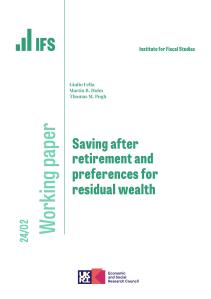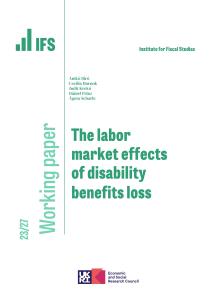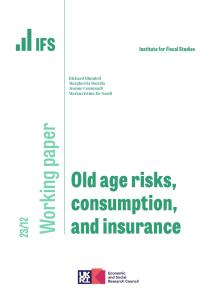Holding on to a substantial housing stock may incur significant recurrent (maintenance) costs. Moreover the existence of significant (housing) assets long into retirement may not signify a bequest motive as such but rather the presence of transactions costs and the absence of well-functioning equity release schemes. The observed financial asset dissaving may then result in part from 'excess' ownership of housing stocks.
The study, using the 1988-89 Retirement Survey in Britain: (i) estimates expenditure on housing relative to income for the sample aged 55-69, (ii) simulates optimal housing/consumption allocations for a simple life cycle model and (iii) examines the relationship between 'excess' holdings of housing, financial dissaving and other portfolio behaviour subsequent to retirement. It shows that households with large housing budget shares tend to run down financial assets more rapidly, and that net equity release from downsizing housing assets is typically used up in consumption over a short period. This might suggest a welfare case for widening and improving the market for schemes which permit incremental equity release (such as reverse annuity mortgages).









